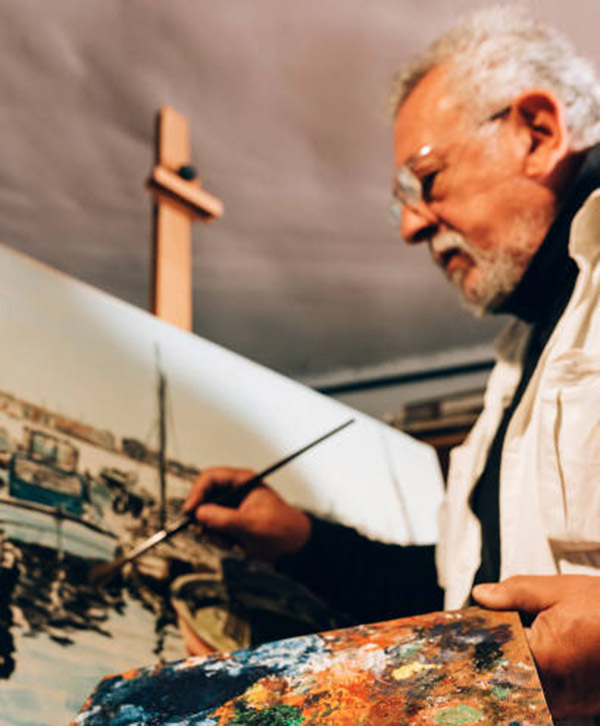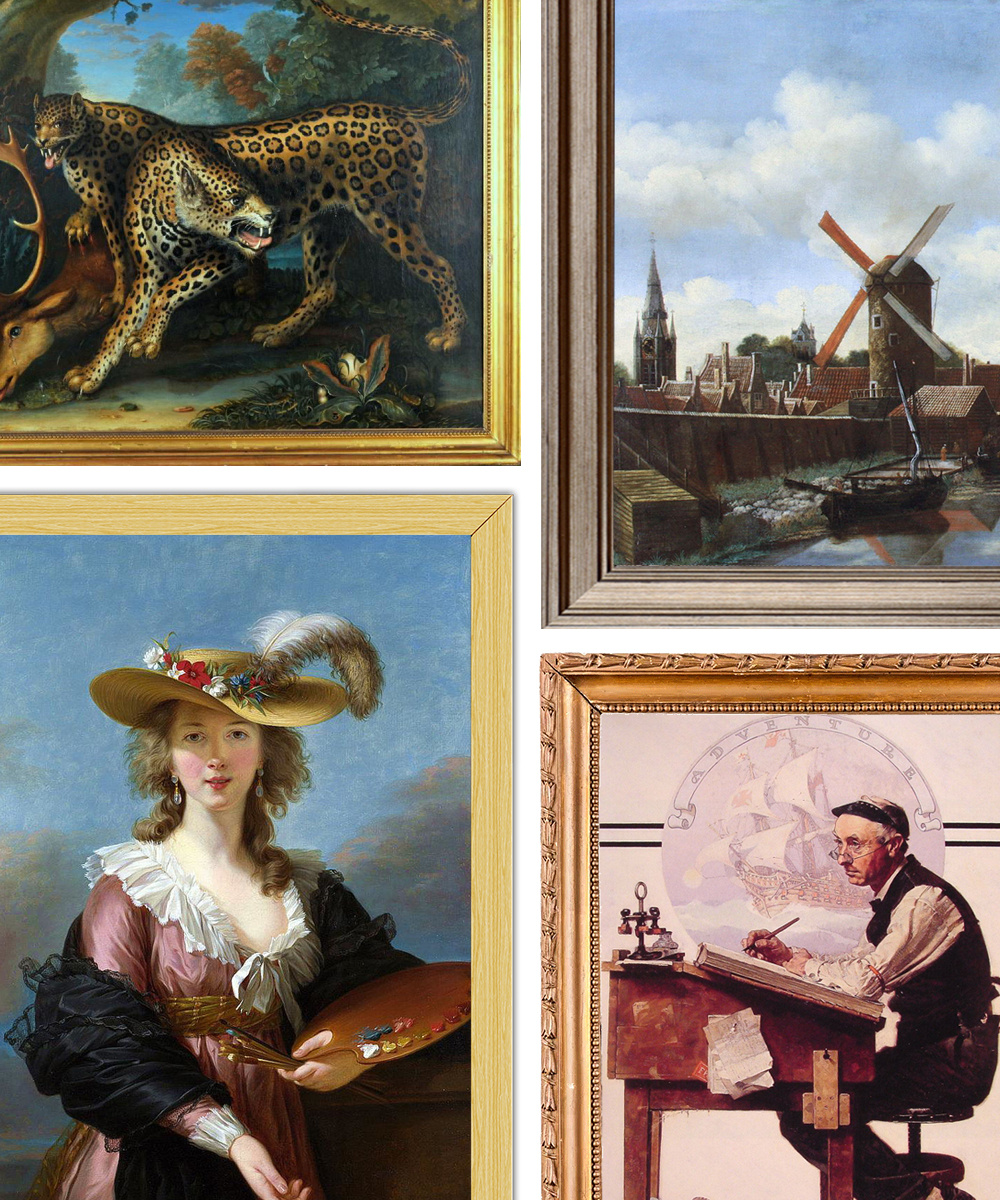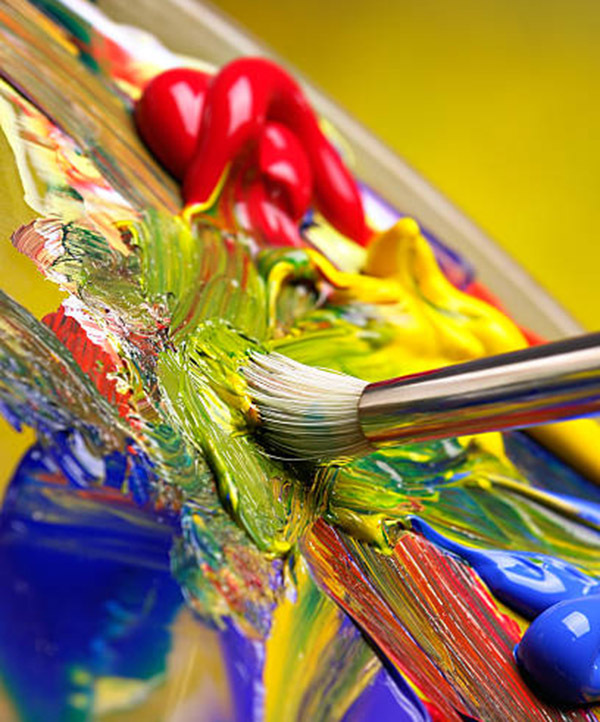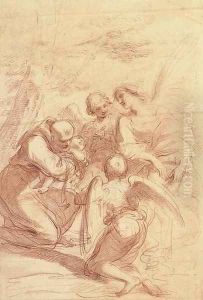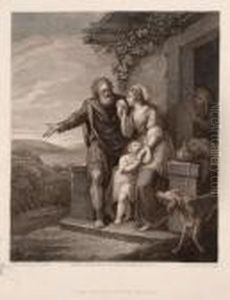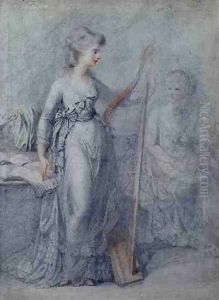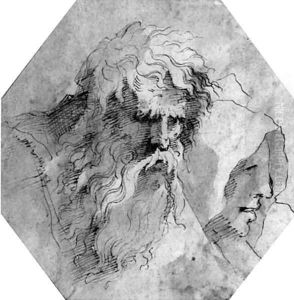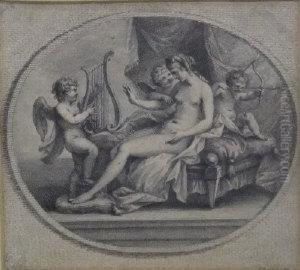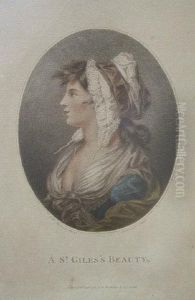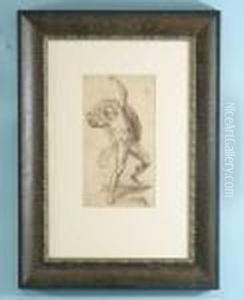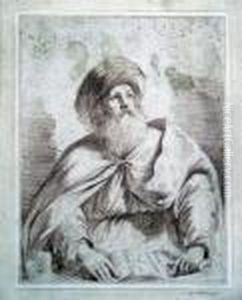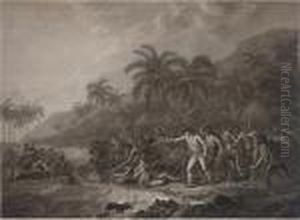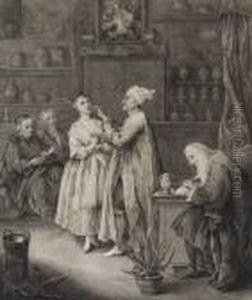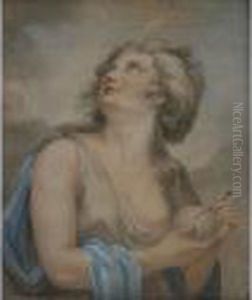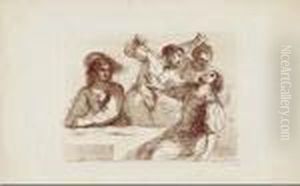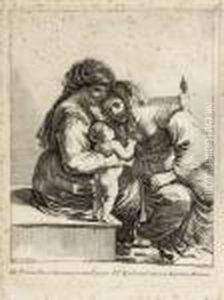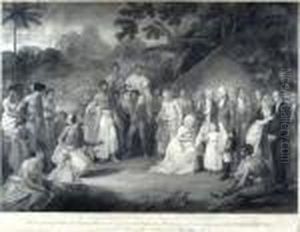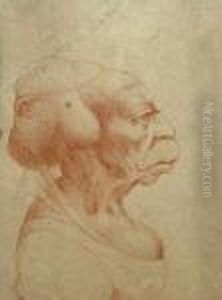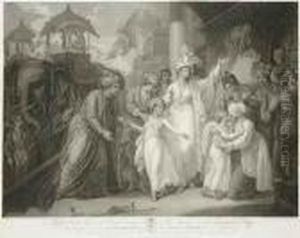





The Departure Of The Sons Of Tippoo From The Zenana
-
About Reproduction
Discover the allure of art with our faithful reproduction of "The Departure Of The Sons Of Tippoo From The Zenana", originally brought to life by the talented Francesco Bartolozzi. Unlike posters or prints, our hand-painted oil painting breathes an unique sense of depth and texture into your space. Every detail, every stroke, and every texture is meticulously recreated, paying the perfect homage to Francesco Bartolozzi and his artistic vision.
Owning this piece is more than just decoration - it's a statement of your refined taste in art. Let the vibrant colors and intricate details of this replica serve as a daily reminder of the beauty in our world. Elevate your decor and appreciate the richness of art with our replica of this masterpiece.
-
Painting Description
"The Departure of the Sons of Tippoo from the Zenana" is a historical engraving by Francesco Bartolozzi, an Italian engraver who gained significant recognition in the 18th century for his works in England. The engraving is based on a painting by Mather Brown and depicts a poignant moment in the history of the Indian subcontinent during the period of British colonial rule.
The artwork captures the scene of the sons of Tipu Sultan, also known as Tippoo Sahib, being taken away from their mother in the Zenana (the private quarters of a household in India and Pakistan, reserved for the women of the family) as part of the terms of the 1792 Treaty of Seringapatam. Tipu Sultan was the ruler of the Kingdom of Mysore and was known for his strong opposition to British expansion in India. The treaty followed the defeat of Mysore by the British East India Company in the Third Anglo-Mysore War, and the surrender of his two sons as hostages was one of its conditions.
Bartolozzi's engraving is a work of historical significance as it captures the emotional gravity of the moment and the broader implications of colonial power dynamics. The image is a testament to the personal and political turmoil experienced by the royal family of Mysore and serves as a poignant representation of the human cost of war and subjugation.
Francesco Bartolozzi (1727–1815) was renowned for his stipple engravings, a technique that uses dots, rather than lines, to create images. His works often conveyed a sense of delicacy and refinement, which made him a celebrated figure in the art world of his time. "The Departure of the Sons of Tippoo from the Zenana" stands as an example of his ability to convey deep emotion and narrative through his mastery of the engraving medium.
This engraving not only reflects the artistic skill of Bartolozzi but also serves as a visual document of a significant historical event, offering insight into the cultural and political interactions between the British and the Indian subcontinent during the era of colonialism. The work remains an important piece for both art historians and those studying the history of British-Indian relations.
-
Lead Time & Shipping
When you order this oil painting replica, it typically takes 2-3 weeks to paint. If the artwork is more complex, it might need a little more time to ensure the best quality. Once it's ready, we'll send you a photo for your approval. After you give the green light, we'll ship it to you for free.
-
Return & Refund
We believe in the quality of our hand-painted oil painting reproductions, and your satisfaction is our priority. If for any reason, you are not completely satisfied with your purchase, we offer a 45-day return policy. You can return your artwork within 45 days of receipt and receive a full refund. Please note that the artwork must be returned in the original packaging and in the same condition as it was received.

